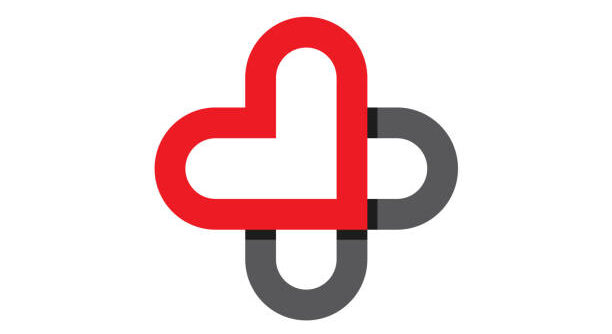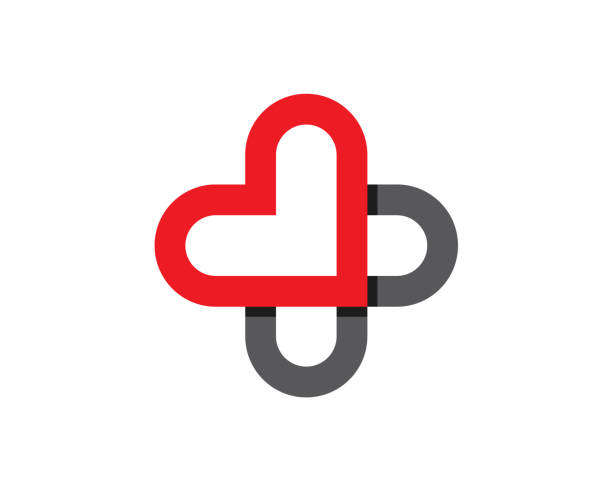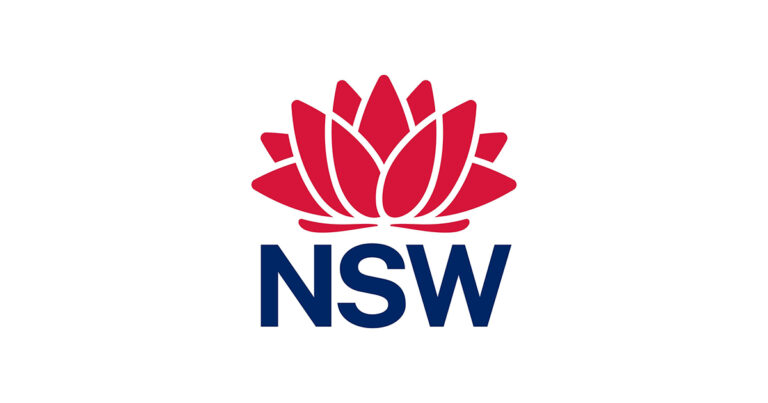
Fraud, waste and abuse remains rampant in the U.S. healthcare system, according to trends detailed in a new report published by market research firm Trilliant Health.
Many of the trends uncovered in the report have to do with opaque payment practices. These practices contribute to widespread, often unexplained disparities in what hospitals and clinicians are paid for the same care — and some providers and health plans are quietly getting paid far more than others for the exact same services.
Understanding who gets paid what — and why — is crucial to tackling inefficiencies and inequities that pervade throughout the healthcare system, the report stated.
It revealed that academic medical centers often negotiate higher payment rates than safety net hospitals. For example, commercial negotiated rates for CPT 99283 — an emergency department visit with moderate complexity evaluation and management — are significantly higher at academic medical centers compared to safety net hospitals located in the same area.
The size of these payment gaps differs by region. Academic medical centers’ rates are 6.4 times higher in Houston, 4.8 times higher in Los Angeles and 1.8 times higher in New York City.
Academic medical centers are likely negotiating higher rates by pointing to the different cost structures they face relative to other hospitals, such as their training programs, research initiatives and highly specialized services, said Allison Oakes, Trilliant’s chief research officer.
Safety net hospitals contend with a different set of challenges, such as larger volumes of uncompensated care and a higher government-sponsored payer mix, she noted.
“As a general principle, academic medical centers have access to more expert resources to navigate more favorable rates. Whether the advent of health plan price transparency enables safety net hospitals to negotiate more favorable rates remains to be seen,” Oakes stated.
In addition to academic medical centers, some commercial payers — namely UnitedHealthcare — have found ways to get paid much more than their counterparts as well.
For instance, Trilliant’s report found that UnitedHealthcare tends to pay Kelsey Seybold Clinic in Houston — its affiliated provider through Optum Health — higher reimbursement rates than it pays to other, unaffiliated providers in the same market. Kelsey Seybold’s rates for common outpatient visits are about 5% to 70% higher than what other clinics in the area receive for the same services.
It’s relatively easy for UnitedHealthcare to get away with this. Because of the Affordable Care Act’s provisions around a minimum medical loss ratio, it would be “economically irrational and perhaps even a breach of corporate fiduciary duty” for UnitedHealthcare not to pay Optum Health providers more than other providers, Oakes explained.
“At the same time, as plan sponsors, employers have fiduciary duties with respect to healthcare expenses, and the advent of health plan price transparency will likely cause each of them to question the value for money that their health plan provides,” she remarked.
As these disparities persist, the case grows stronger for better policies that reveal what hospitals and payers are actually charging and paying.
Photo: Afry Harvy, Getty Images






